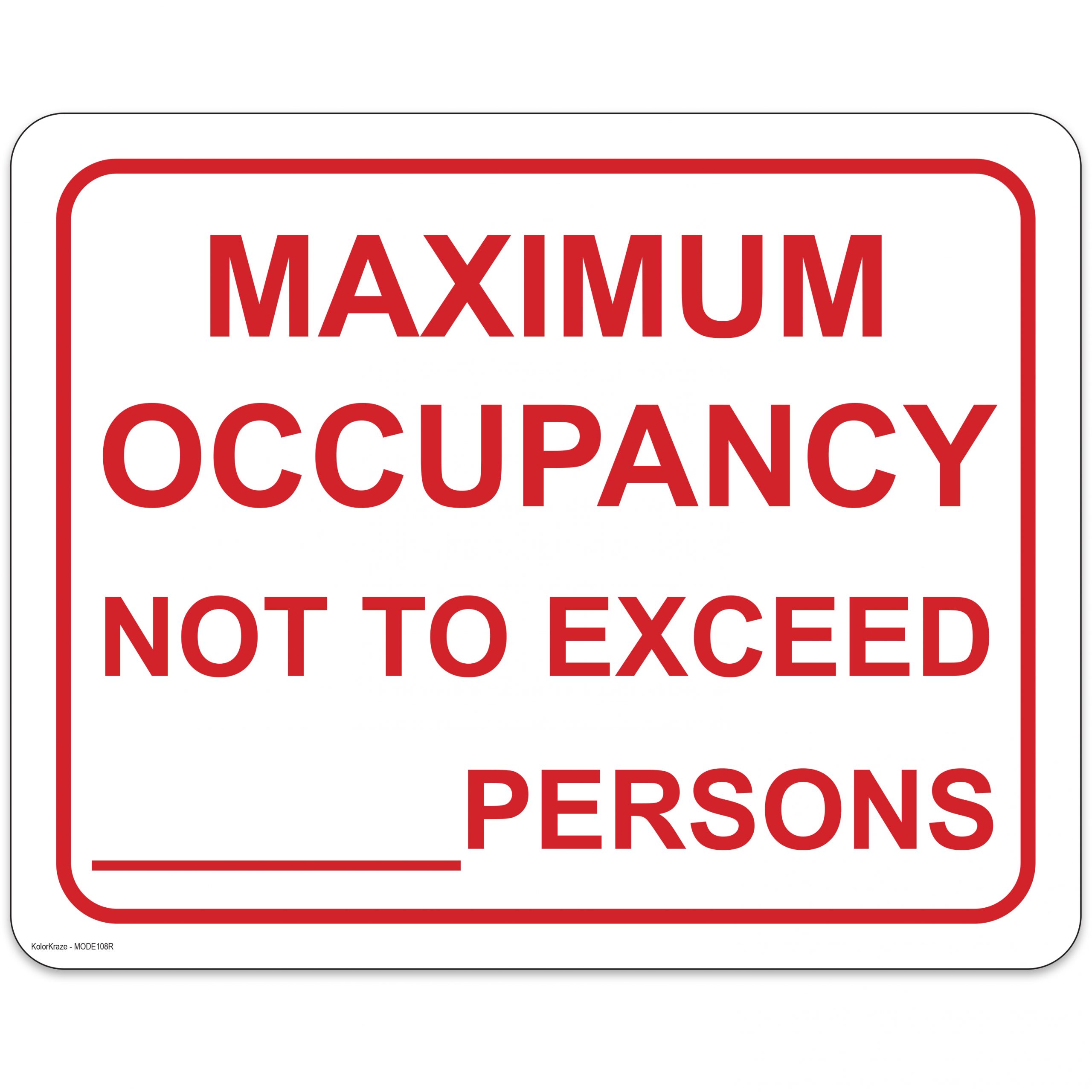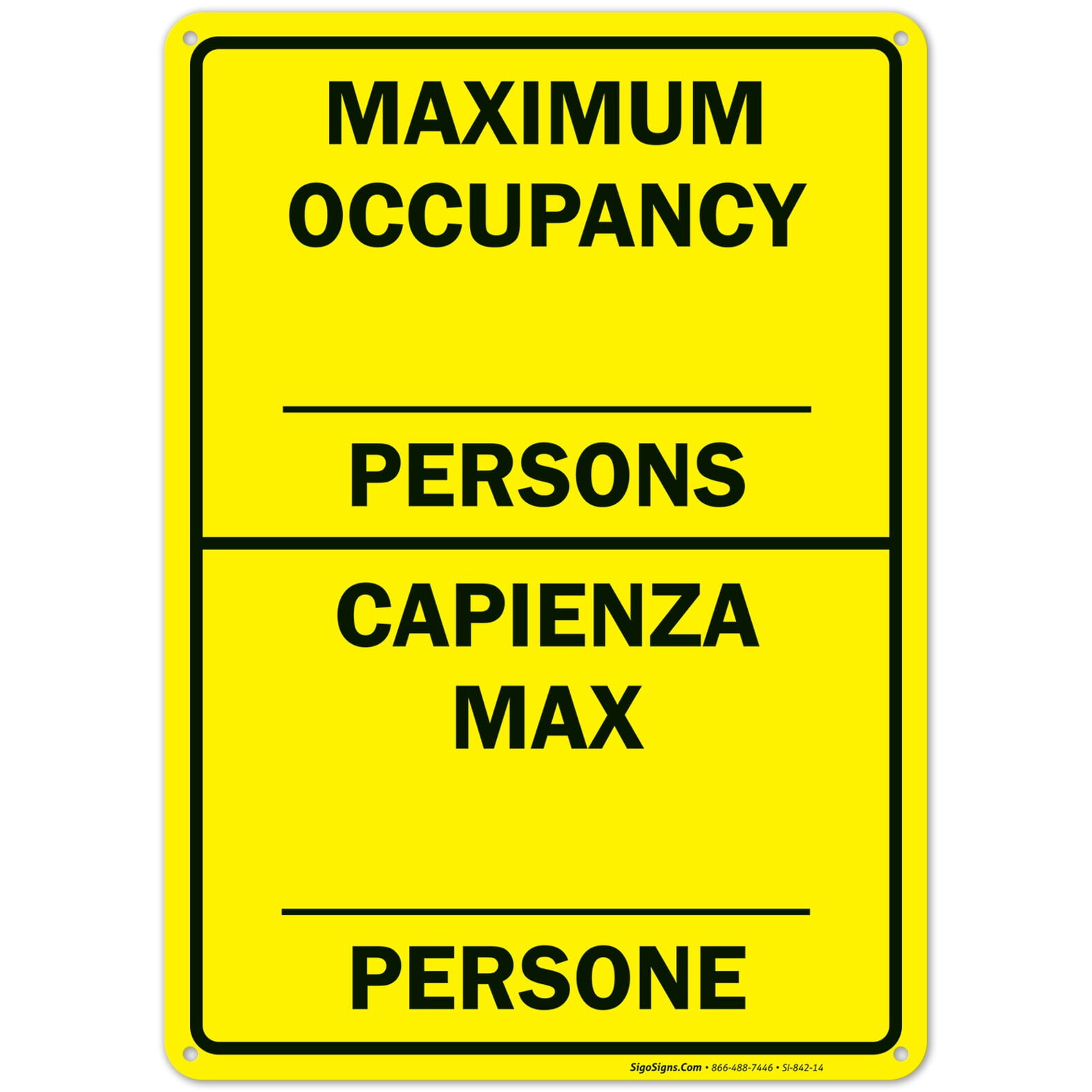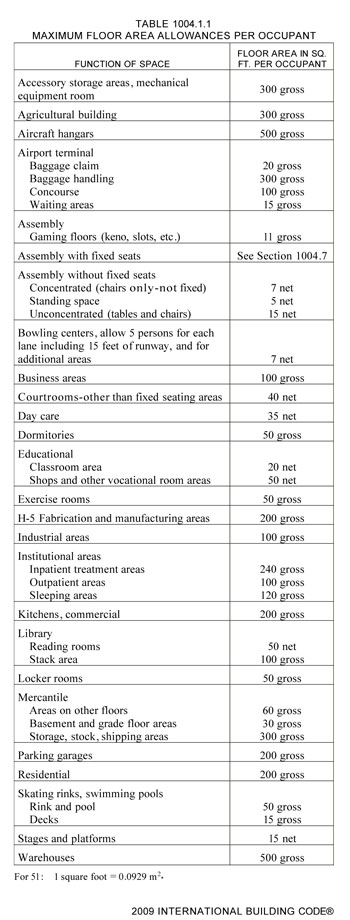
Commercial building occupancy limits are the maximum number of people who can occupy a commercial building at any given time. These limits are set by local building codes and regulations to ensure the safety of occupants in case of an emergency such as a fire or earthquake. The occupancy limit is determined by the size of the building, its intended use, and the number of exits available.
Types of Commercial Buildings

There are several types of commercial buildings, including office buildings, retail stores, restaurants, hotels, and hospitals. Each type of building has its own occupancy limit based on its size and intended use. For example, a small retail store may have an occupancy limit of 50 people, while a large hotel may have an occupancy limit of 1,000 people.
Calculating Occupancy Limits

The occupancy limit for a commercial building is calculated based on the square footage of the building, the type of occupancy, and the number of exits available. The International Building Code (IBC) provides guidelines for calculating occupancy limits for different types of buildings. The IBC also requires that the occupancy limit be posted in a visible location in the building.
Occupancy Categories

The IBC divides commercial buildings into different occupancy categories based on their intended use. The categories include assembly, business, educational, factory, institutional, mercantile, residential, and storage. Each category has its own occupancy limit based on the size of the building and the number of exits available.
Factors Affecting Occupancy Limits

Several factors can affect the occupancy limit of a commercial building. These include the number of exits, the width of the exits, the type of construction, the location of the building, and the availability of fire protection systems. Buildings with more exits, wider exits, and better fire protection systems may have higher occupancy limits than buildings without these features.
Occupancy Load Factors
Occupancy load factors are used to determine the maximum number of people who can occupy a specific area of a building. The load factor is based on the type of occupancy and the intended use of the space. For example, a restaurant may have a higher occupancy load factor for its dining room than for its kitchen or storage area.
Importance of Occupancy Limits

Occupancy limits are important for the safety of building occupants in case of an emergency. If a building is overcrowded, it may be difficult for occupants to evacuate quickly and safely in case of a fire or other emergency. By enforcing occupancy limits, building owners and managers can ensure the safety of their occupants and avoid potential legal and financial liabilities.
Enforcing Occupancy Limits

Enforcing occupancy limits is the responsibility of building owners and managers. They must ensure that the occupancy limit is posted in a visible location in the building and that the building is not overcrowded. If the occupancy limit is exceeded, the building owner or manager may be subject to fines or legal action.
Consequences of Ignoring Occupancy Limits

Ignoring occupancy limits can have serious consequences for building owners and managers. In addition to fines and legal action, they may be held liable for any injuries or deaths that occur as a result of overcrowding. Building owners and managers should take occupancy limits seriously and ensure that they are enforced at all times.
Conclusion
Commercial building occupancy limits are an important safety measure that should not be ignored. Building owners and managers should be aware of the occupancy limit for their building and ensure that it is not exceeded. By enforcing occupancy limits, they can protect the safety of their occupants and avoid potential legal and financial liabilities.